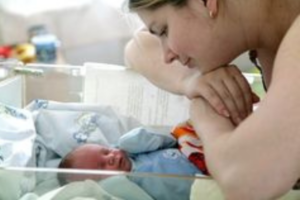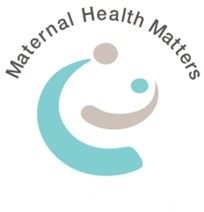Why is it so? That mothers and babies are not benefiting from current pregnancy care?
To understand this problem it is necessary to understand the recent history of birthing in Australia. In the early twentieth century, the majority of women gave birth at home. Today 95% of birth is in hospitals.
Infant and maternal mortality rates in Australia are far better than a century ago, very much due to an ongoing commitment to the to the social determinants of health hygiene, better overall health of the population and the introduction of antibiotics were responsible for the dramatic drop in maternal morbidity and mortality and in part due to medical advances in knowledge and technology. In Australia the maternal and infant mortality rates are thankfully low. However they have generally plateaued, with no significant improvement in past thirty years, given the level of intervention and the amount of money spent.

Birthing in hospitals has changed the face of birth in Australia.
- Birth is no longer a normal life event, it has become a medical procedure, that shows no respect of the woman by complying with the first rule of medicine – nil nocere [do no harm].
Birth is uncertain but not dangerous for the majority of women.
- Birth is now an assembly line that is maintained by hospital systems that are more concerned with efficiency than care and autonomy, in turn forcing women to choices that promote efficiency,denying her needs and preferences. Where there are significant asymmetries in power relations,there are often unfortunately abuses of power. There are massive power imbalances between maternity consumers, their advocates and a maternity services system that provides fragmented care to most women. As a result, many pregnant women/mothers and their advocates are mistreated, bullied and abused within the maternity services system.
- Since the 1970’s with advances in technology there has seen an increased use of procedures on women that are not clinically indicated and for which there is no evidence that they improve outcome, though there is increasing evidence that they cause harm. While there is no doubt that many women’s and babies’ lives have been saved by the timely intervention of obstetricians and medical technology –obstetricians are experts in abnormality and this is medicine at its best – unfortunately, they have gradually taken over control of maternity care so that it has become an illness to be treated.
The best maternity care is the care at the level needed.
- The current funding model – fee for service – is focussed on the clinician not the woman and
encourages the overuse of interventions with no understanding of the appropriateness or the
quality of care. The use all the available tools on all women, even when not clinically indicated maximises income.
The current system is doing damage to Australian mothers. A maternity care system should be a refuge from harm, where personal autonomy is respected. The current system threatens what should be an honoured value, the right of the mother, armed with honest information to choose freely how she brings a life into the world.
The Australian Government has:
- Published Woman-centred care; Strategic directions for Australian maternity services;
- Undertaken a review of the Medicare Benefits Schedule Review (MBSR), though the report is yet to be made public;
- Developed Clinical Practice Guidelines – Pregnancy Care to provide a reliable and standard reference for health professionals providing antenatal care.
While we welcome the work to date, particularly the rights based cultural safety approach of woman centred care; a document is just that unless a concerted effort is made to implement the strategy.
Targeted action is required to achieve a safe and respectful maternity care system; the recurring themes are:
- Respectful maternity care is not a luxury, but a human right with the potential to improve maternal and infant outcomes. While woman-centred care demonstrates commitment to respectful maternity care, the challenge is to provide the conditions to facilitate respectful maternity care, and for practitioners to make respectful care the norm in the delivery of care, to integrate it into everyday practice for all women during pregnancy, childbirth and postpartum.
- There is overwhelming evidence that midwifery continuity of care results in outstanding clinical, financial and consumer satisfaction outcomes that benefit families and the community. Midwives are experts in normal, healthy pregnancy and birth. They are also skilled at recognising any problems and at involving doctors and other health professionals in a woman’s care if the need arises. Countries rated as the best places in the world to be a mother are places where midwives are the main providers of care, (WHO, 2015). Yet across Australia, less than 10 per cent of women can access continuity of midwifery care, despite strong demand. Significant barriers – legislative, regulatory and insurance impediments –
currently prevent consumer access to MBS-rebated midwifery continuity of care in Australia. - Current funding favours the provider not the consumer, hindering system change. A bundled payment funding model based on the Pregnancy Care Guidelines and midwifery continuity of care would be simpler for consumers, as would a single rebate provided for their maternity care.
- Women by having babies provide a significant community good at significant personal cost and at times disadvantage. Postnatal recovery and transitioning to parenting is a critical tipping point on the road to gender equity and has been identified as a significant concern for women in Australia. Maternity care must not compound this disadvantage.
- The First 1000 days model is based on giving a child the best start in life. The model focusses on the social determinants of health and needs to be framed within a primary health framework that supports the mother and child dyad particularly in regard to maternal health and improving the social determinants of health for all families.


